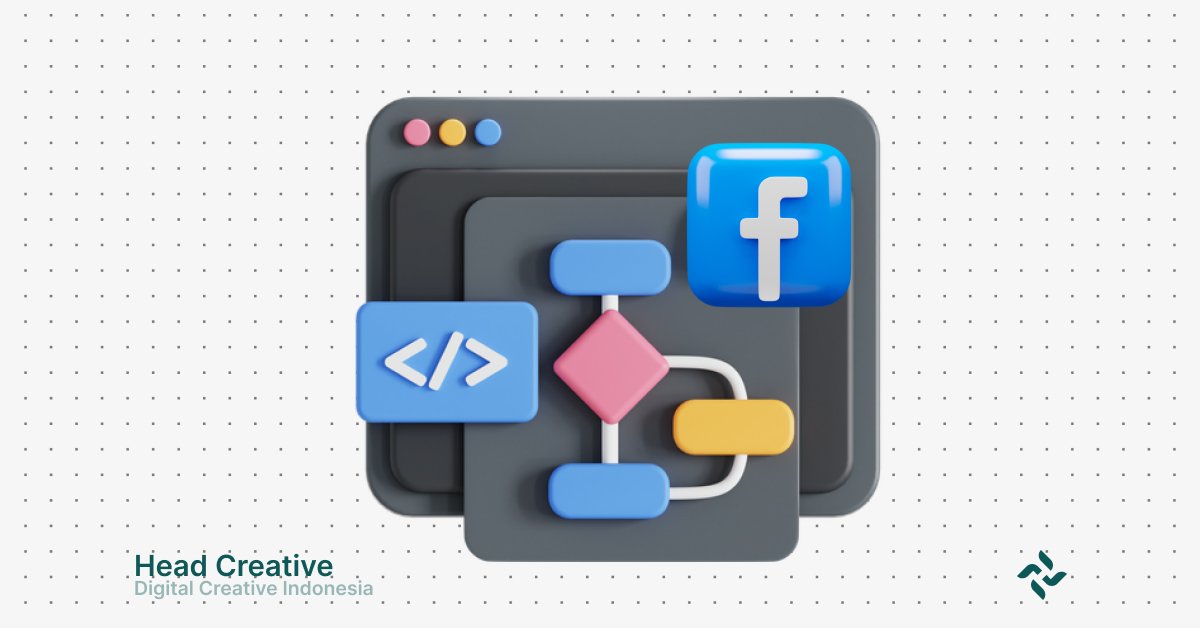What Is the Facebook Algorithm?
Have you ever wondered why certain posts from friends or pages you follow appear more often on your Facebook feed? The answer lies in the Facebook algorithm. This intelligent system is designed to determine what content appears on your screen, when, and in what order.
In simple terms: The Facebook algorithm is a set of complex rules and calculations that prioritize content based on its relevance to the user’s interests. Its goal? To provide the most engaging and meaningful experience for each individual.
In other words, every time you scroll through your feed, the algorithm works behind the scenes to predict which content you’re most likely to enjoy or interact with.
Why Should You Understand the Facebook Algorithm?
Understanding how the Facebook algorithm works is crucial if you want to:
- Increase your content’s reach: By learning how the algorithm selects content, you can create more relevant posts that appear more often on users’ feeds.
- Save time and effort: Instead of wasting time creating irrelevant content, you can focus on effective strategies.
- Build stronger connections with your audience: Content that aligns with users’ preferences is more likely to generate interaction.
Here are some key reasons to care about the algorithm:
1. Tight Competition on the Feed
According to recent statistics, the average Facebook user has thousands of potential pieces of content to view each time they open the app. However, the algorithm shows only a handful of the most relevant ones.
2. Boosting Engagement
Content prioritized by the algorithm tends to receive more likes, comments, and shares. By understanding the algorithm’s preferences, you can develop strategies to maximize these interactions.
3. Essential for Business and Personal Branding
For marketers, influencers, or even casual users who want to expand their reach, the algorithm is the key to success on Facebook. Algorithm-friendly content means your posts can be seen by more people without continuously relying on paid ads.
How the Facebook Algorithm Works: How Does It Decide What Content to Show?
Each time you open Facebook, the algorithm acts as a “digital curator.” It filters through thousands of possible content pieces and selects only a few deemed most relevant. But how does this process actually work?
1. Scoring Each Content Piece
Every post, whether from friends, liked pages, or groups, is assigned a “relevance score” by the algorithm. This score is determined based on:
- Your relationship with the content creator (how often you interact with them).
- The type of content (text, image, video) and how you typically interact with similar formats.
- Other users’ interactions with similar content.
2. Predicting Your Behavior
The algorithm predicts how you’ll react to a piece of content: Will you like, comment, or ignore it? The higher the likelihood of interaction, the more likely the content will appear on your feed.
Key Factors in the Facebook Algorithm
Three primary factors drive the Facebook algorithm’s decision-making process:
1. Content Relevance
Relevance is everything on Facebook. The algorithm evaluates whether content matches your interests and preferences based on:
- Interaction history: Posts from people you frequently engage with will appear more often.
- Favorite topics: If you often read articles about technology, Facebook will show more tech-related content.
2. Interaction and Engagement
Engagement is the “currency” of the Facebook algorithm. Posts with many likes, comments, and shares are typically prioritized. This factor works on two levels:
- Personal engagement: How often you interact with similar content.
- Public engagement: How much other users engage with the content.
3. Posting Time
Facebook favors fresh content. Newer posts often have a better chance of appearing on feeds, but this is combined with relevance and engagement factors.
The Technology Behind the Algorithm: Machine Learning Models
The Facebook algorithm isn’t static; it’s powered by advanced machine learning technology. This allows the algorithm to learn from:
- Individual user habits: Each user has a unique feed based on their behavior.
- Collective data: The system analyzes global trends to understand what content is currently popular.
- Direct feedback: Actions like liking or clicking “Hide Post” help the algorithm refine its predictions.
How Does Machine Learning Help?
- Categorizing content based on your preferences.
- Comparing your interaction patterns with those of other users to improve prediction accuracy.
- Adjusting priorities based on your changing behavior, keeping your feed relevant even as your interests evolve.
Read More: The Secrets of Data-Driven Marketing for Modern Businesses
Tips and Strategies to Optimize Content for the Facebook Algorithm:
Creating Relevant and Engaging Content
The key to winning over the Facebook algorithm is to create content that is both relevant and engaging for your audience. But how can you ensure your content not only looks appealing on the feed but also captures the algorithm’s attention?
1. Understand Your Audience Deeply
To create relevant content, you need to understand your audience first:
- Demographics: Who are they? (age, location, occupation)
- Interests and habits: What do they enjoy consuming on social media?
- Active times: When are they usually online?
Use Facebook Insights to gather this data. By understanding your audience, you can tailor your communication style and topics to suit their needs.
2. Use Captivating Visuals
Visual content, such as high-quality images or short videos, has a higher chance of capturing users’ attention. Ensure that:
- Images are high resolution and relevant to your message.
- Videos are short (15-60 seconds) and offer value or entertainment.
- Graphic designs are consistent with your branding.
3. Add a Call-to-Action (CTA)
Simple CTAs like “Share if you agree!” or “Leave a comment below!” can boost interaction. Facebook favors content that encourages engagement, so invite your audience to participate.
Facebook uses interaction as a key signal to determine the relevance of your content. The more people engage with your posts, the higher the chance they’ll appear in others’ feeds.
1. Focus on Content That Sparks Discussion
Create content that encourages your audience to comment. Some ideas include:
- Ask questions: “What do you think will be the biggest social media trend next year?”
- Use polls: “Which is more effective, short videos or static images?”
- Post topics related to current events to encourage opinions.
2. Respond to Every Interaction
Don’t leave comments or messages from your audience unanswered. The more two-way interactions your post has, the higher its engagement in the algorithm’s eyes.
Content that is widely shared has the power to reach more people. To encourage this:
- Create valuable content, such as tips, guides, or up-to-date information.
- Use emotional storytelling that resonates with your audience.
- Include shareable elements like infographics or inspirational quotes.
Ideal Posting Frequency
The Facebook algorithm also considers how often you post. Too many posts in a day can overwhelm your audience, while infrequent posting can cause you to lose momentum.
1. Find the Right Rhythm
- Ideal frequency: 3-5 posts per week for business or professional pages.
- Avoid spamming: Quality matters more than quantity.
2. Post at Optimal Times
Identify when your audience is most active. Generally, the best times to post are:
- Morning: 8:00 AM – 10:00 AM
- Afternoon: 4:00 PM – 6:00 PM
- Evening: 8:00 PM – 10:00 PM
Use Facebook’s scheduling feature to ensure your content is posted during these times.
3. Consistency Is Key
Plan posts regularly. Consistency helps the algorithm recognize your account as a source of active and relevant content.
Additional Tips to Optimize Content
- Utilize Facebook Stories: This format often gets more visibility than regular posts as it appears at the top of the app.
- Provide Real Value: Create content that answers your audience’s questions or needs.
- Experiment with New Formats: Don’t hesitate to try new formats like Reels or Live to capture greater attention.
Leverage Our Services: Professional SEO Optimization!
Conclusion:
The Facebook algorithm is an intelligent engine that determines what users see in their feeds. For regular users, it ensures a relevant and engaging experience. However, for businesses, content creators, and marketers, the algorithm represents both a challenge and a significant opportunity.
By understanding how it works—from factors like relevance and interaction to posting times—you can optimize your content strategy to achieve higher engagement. Some key takeaways we’ve discussed include:
- Creating content that is relevant and appealing to your audience.
- Encouraging interaction through comments, likes, and shares.
- Finding the ideal posting frequency and timing.
Ultimately, the key to “working harmoniously” with the algorithm is consistency and a focus on your audience. The algorithm is not an adversary but a tool you can leverage to build stronger connections, expand content reach, and achieve your goals on the platform.
Remember, the algorithm will continue to evolve. Therefore, be a flexible creator—keep learning, and always adapt to changes. With the right approach, you won’t just master the algorithm but also create a meaningful impact in the digital world.


